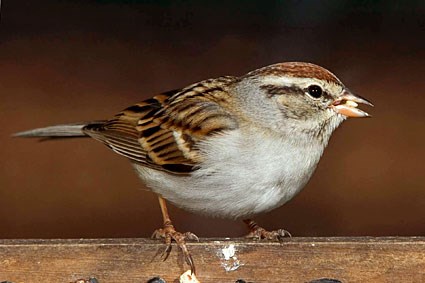Sunday night, Dec.
10, 7:30 p.m. Binti,
our 10½-year-old dog, is having a nightmare. She’s lying by the Christmas tree,
whining and yipping and quite soundly asleep.
Queen Ida lifts her head
up from the rug in the kitchen where she is sleeping, and looks at me. It’s the
same blank stare I must be giving her. “What the heck is Binti dreaming about?”
Maybe it’s those Christmas
cookies that they were fighting over earlier in the evening. Cindy had the
kitchen table covered with them, sugar cookies shaped like pine trees and
Santas, moons and stars, lions, and bells, all frosted white with glitter stuck
on top. Every time Queen Ida came too close to the table, Binti would snap and
growl, making us all jump. Binti knew she couldn’t have any of the cookies, but
she was making darn sure that Queen Ida had none either.
 |
| The muffin syndrome in action: Queen Ida is pretending to eat while Binti looks on coldly. |
That’s
the Muffin Syndrome in my dictionary, named after my mother-in-law’s late
poodle. When Binti was a puppy, we would bring her on our visits there. Muffin
would rest her chin on her dog dish, not eating a bite, just growling at her
rival. Binti learned the lesson well. Too well.
People
learn it too. Our kids especially. If Noah has a book on his bookshelf and
Mollie wants to borrow it, he’ll often say no. “Don’t be a Muffin,” I’ll tell
him, and he knows exactly what I mean.
8:00
p.m. Binti’s nightmare is over now. She just rose up and
looked at me. Must have been a rough one. Maybe about the cold weather. No
wagging tail. I call to her, eight feet away, but she doesn’t move. “You’re a
good girl,” I say. Α few years ago her tail would have rapped the floor
loudly
at this. She loved to be complimented. Still does. Only now she is almost
totally deaf. You have to shout your praises to her like a sports announcer.
 |
| Noah visiting with Binti |
One morning as we were
going to work, Noah asked me, “Why do you hate Binti?” The question stopped me
in my shoes. Hate Binti? Α dog we’ve had for 10 years, since puppyhood? Α dog who was to us
then what our children are to us now? Hate her?
“I don’t hate her,” I
answered. “She’s a dog, Noah, not a person. Dogs don’t belong in the house.
That’s why she has a house of her own.”
“Can she sleep in at night
at least?” Cindy asked, looking for the compromise, as usual.
I caved in on that, and
Binti sleeps in at night now, even when it’s above zero.
In the morning we’ll find
her on the recliner next to the woodstove. It’s a wicked place to sit, reaching
Finlayson-sauna temperatures when the stove is roaring. That’s just right for
Binti. She can’t get too close to the woodstove. Sometimes she sleeps with her
head under the stove. Sometimes her black fur gets singed and stinks up the
living room. We call her the Heat Sponge. North Pine Electric could market her
as a heat storage unit if she had puppies.
Yesterday morning I woke
up in early morning darkness. Listen: Cindy was breathing on my right, and Noah
cuddled on my other side. I could hear Mollie in her room, sighing in her
sleep, with an occasional grinding of teeth. Then I heard another deep breath,
in and out. It sounded like α huge
man, barrel chested and weary as weary can be. At first it startled me, until I
realized it was Binti on the floor. She had struggled up the 13 steps to join
us. No nightmares even.
 |
| Malika supervising Binti drinking out of a dishpan. |
I called her name in the
darkness. I wanted to hear her tail thump against the hardwood floor. But no
thumping, just that heavy breathing.
Tuesday morning,
Dec. 11, 7:30 a.m. The thermometer says 20 degrees
below zero. We’re headed for a high of about 10 below. Cindy asks again if
Binti can stay in. “How about if I plug in the light in her dog house?” I
answer. Pastor Sjoblom from our church gave this new house to me, complete with
a light fixture inside. I’m not sure if it’s intended to keep the dog warm or
help her read Scripture.
Binti and Queen Ida bend
over their dog dishes to eat breakfast. A tree in the woods cracks with cold.
Sounds like a Kent Hrbek shot to the upper deck in right field. Then Binti
heads around the corner of the house for her clean, well-lighted place of rest.
Soon Ida will join her. It’s a two-dog day, weather-wise.
Inside my car heading to
Askov, the radio announces that Will Steger has reached the South Pole, and
will celebrate by staying there for a couple days.
He’s celebrating at the
South Pole. Back here he’d probably be sunbathing. That’s what Einstein really
meant with his theory of relativity. I bet his dogs are warm too, and having
peaceful dreams.















